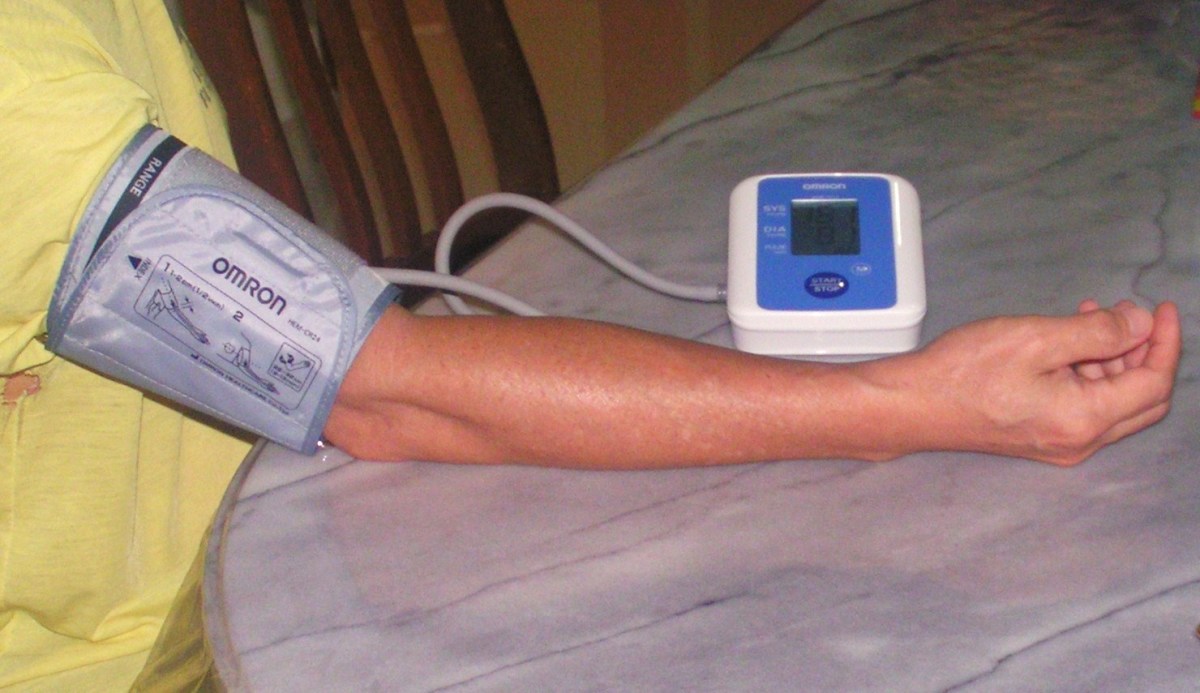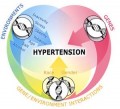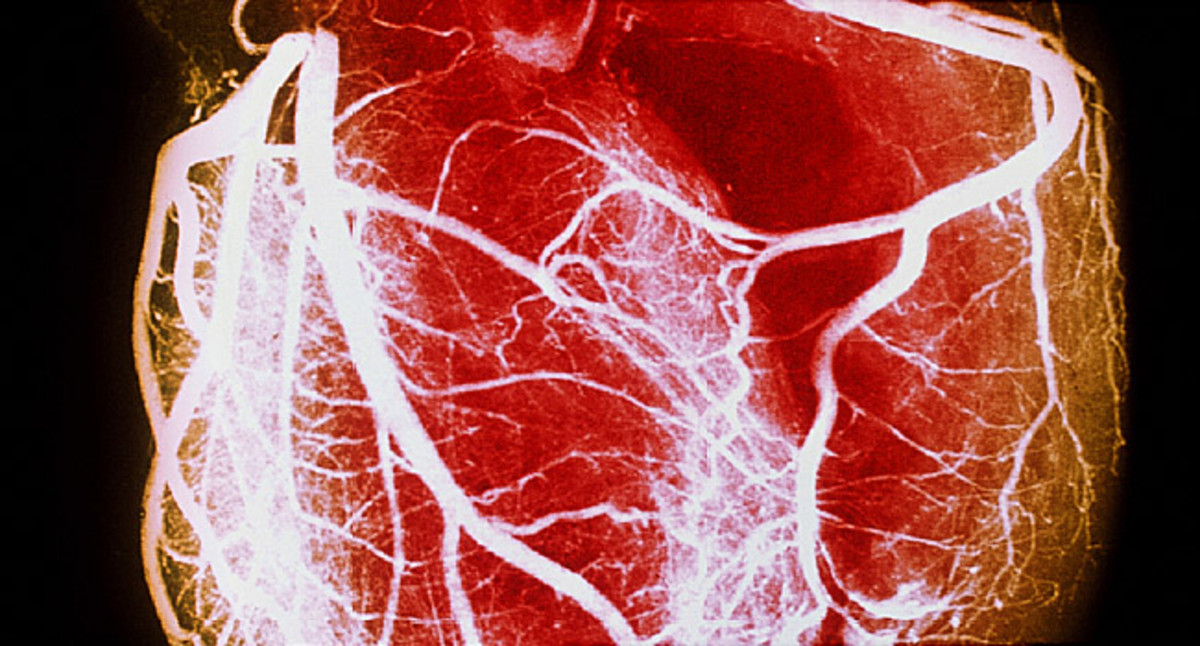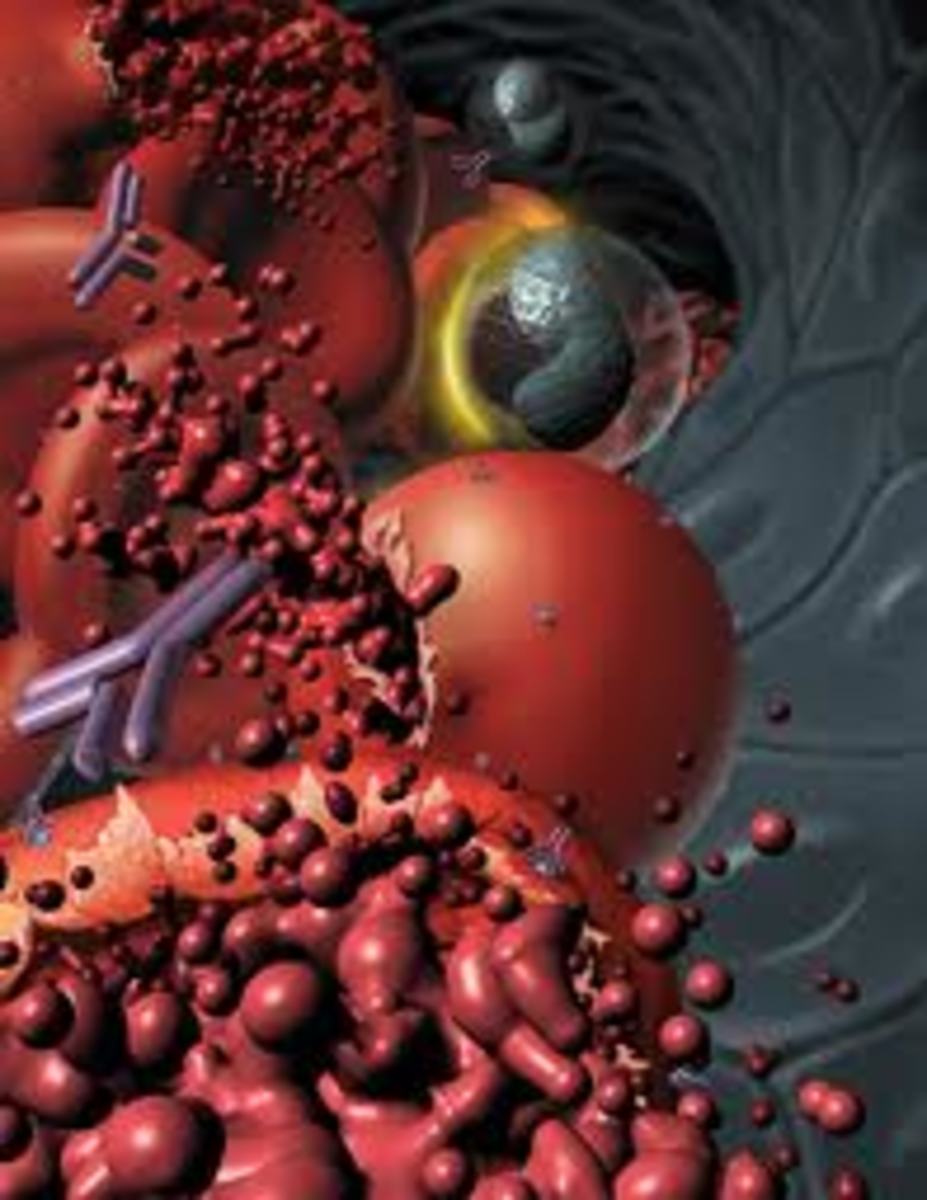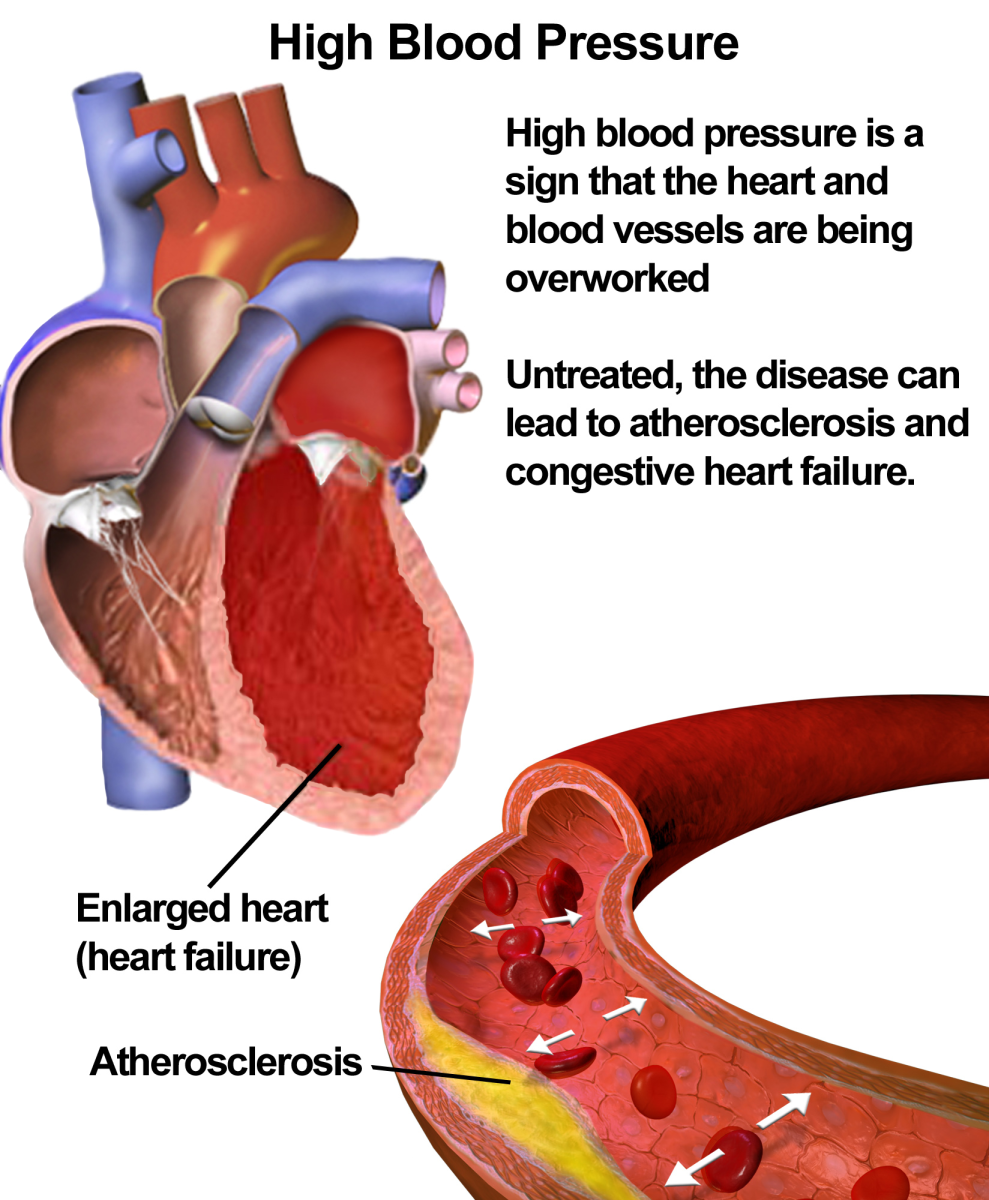What Is Fibromuscular Dysplasia or FMD?
Fibromuscular Dysplasia - FMD
This condition is called FMD and in layman's terms means that one of your arteries has abnormal cells in it which grow in the arterial wall. These clusters of abnormal cells cause the artery to narrow thus decreasing the blood flow to the associated organs.
FMD can cause any number of complications if left untreated and can affect several organs of the body.
Fibromuscular dysplasia can cause such things as malignant hypertension, high blood pressure, aneurysms, and strokes if not treated.

Facts About Fibromuscular Dysplasia
Most research thus far points towards genetics, although hormones seem to be weighing in as well. You are far more likely to develop fibromuscular dysplasia if you are a woman than if you are a man. If you are a woman, you are far more likely to have it bilaterally than on only one side, as in renal artery hypertension due to FMD.
Because FMD is hereditary, if anyone in the family develops this entity, other members of the family should be screened for it even before they show any symptoms. However, since FMD can occur in many different arteries, there is no 'screening' test for it per se. Depending on where the FMD occurs in one family member, that is the primary area for other members of a family to watch. For example, I have FMD in my renal arteries which in turn caused malignant hypertension or renal vascular hypertension. My family members should all watch their blood pressures and kidney functions on a regular basis.
There is no genetic test available yet for detecting FMD. However, it is believed strongly to be a genetic vulnerability.
The most common form of fibromuscular dysplasia resembles what they call a 'string of beads' appearance in the arteries affected. However, some more advanced forms have a smoother appearance to the artery affected.
Statistically, premenopausal women develop FMD between the ages of 14-50 but older women and young adult men can also develop it - as can men of any age.
Smoking/tobacco use and some medications can aggravate the condition and cause changes in blood flow in the arteries thus making the condition more severe.
If you have FMD in one artery, you should probably be screened for it in other arteries. For instance, because I have it in my renal arteries, I had to have screening tests for my carotid arteries as this is a serious artery to have affected by FMD. FMD in the carotid artery can lead to strokes. Conversely, if I had had it in my carotid artery, they would have tested my renal arteries as having it in your renal artery can predispose you to kidney failure.
Most Common Arteries for FMD and Symptoms
The most common arteries in which FMD occurs are the renal arteries but it can also occur in arteries leading to your brain such as the carotid, also in the abdomen, arms and legs. There is no cure, however, discovered, FMD can be treated effectively with several methods such as balloon angioplasty, blood thinners, or endarterectomy (a procedure where they open the artery in the carotid and remove plaque). The arteries can also be stented open if not amenable to the other methods.
SYMPTOMS OF FMD - RENAL ARTERIES
- Chronic kidney failure
- High blood pressure
- Ischemia of kidneys (tissue death of the kidney)
SYMPTOMS OF FMD - ARTERIES TO THE BRAIN
- Chronic and unrelenting headaches
- Blurred or temporary loss of vision
- Ears ringing (tinnitus)
- Dizziness
- Loss of consciousness momentarily
- Transient ischemic attacks (mini-strokes)
- Neck pain
SYMPTOMS OF FMD - ABDOMINAL
- Unintentional weight loss
- Pain in the abdomen after eating
SYMPTOMS OF FMD - ARMS OR LEGS
- Skin changes - color or appearance
- Cold arms or feet
- Weakness
- Numbness
- Discomfort when moving arms, legs, hands or feet
Statistically, about 1/4 of the people diagnosed with fibromuscular dysplasia have it in more than one artery.
Carotid Artery Stenosis - Surgery Option
Can You Prevent FMD?
Thus far, there is no way to prevent fibromuscular dysplasia and it is basically a genetic luck of the draw. However, as always, maintaining a healthy diet, exercise, and monitoring your health on a regular basis should hopefully detect FMD before it has a chance to do permanent damage to arteries.
Malignant hypertension and/or renal vascular hypertension are the most common variants and from personal experience, I would urge everyone to monitor their blood pressures on a regular basis especially if there is a family history of FMD, hypertension, or kidney disease. Likewise with aneurysms or disease of the carotid arteries to the brain. In the case of renal vascular hypertension and FMD, periodic checkups are required to monitor kidney function and also blood flow to the kidneys.
As in most things, we can monitor ourselves better than anyone and if you develop any of the hallmark signs listed above, seek medical attention right away. If you have a family history of FMD, make sure that your health care providers are aware and if any in depth screening is felt to be necessary, it is well worth it in the long run as a preventive measure.
Fibromuscular dysplasia is a very treatable disease - the key to managing it is catching it early and treating it properly.
Screening for Carotid Stenosis
More Links on Fibromuscular Dysplasia
- The Fibromuscular Dysplasia Association of America
Fibromuscular Dysplasia Society of America - organization to help spread awareness about FMD - Fibromuscular dysplasia - Wikipedia, the free encyclopedia
- Fibromuscular dysplasia - MayoClinic.com
Fibromuscular dysplasia Comprehensive overview covers symptoms, causes and treatment of this rare artery-narrowing condition.




